Kinesiology Notes and Vocab - Unit 1
1/32
There's no tags or description
Looks like no tags are added yet.
Name | Mastery | Learn | Test | Matching | Spaced |
|---|
No study sessions yet.
33 Terms
Anatomical Position
The universal reference position
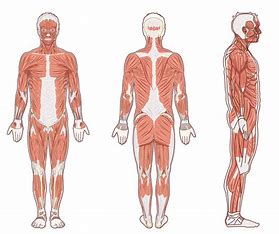
We use it to identify the location of a structure, organ, injury, or the origin of pain, etc. that is relative to other body structures.
Why is the anatomical position important?
Pairs
directional terms that come in pairs/opposites
Superior/Inferior
Superior (cranial): Toward the head/above
Inferior (Caudal): Toward the feet/away from the head
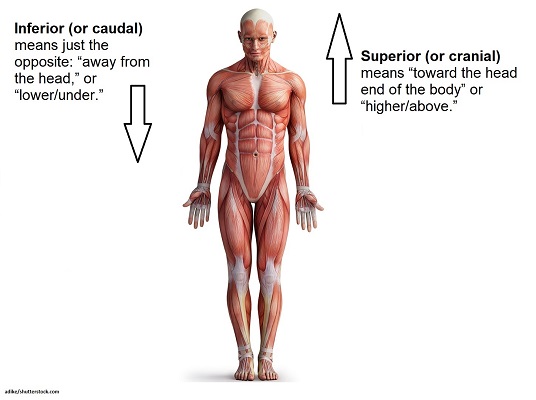
Anterior/Posterior
Anterior (ventral): toward the front/near the front side of the body
Posterior (dorsal): toward the back/near the tailbone area
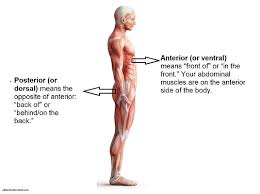
Medial/Lateral
Medial: Toward the middle/midline or near the median plane
Lateral: Toward the sides or away from the middle/median plane

Deep/Superficial
Deep: Away from the surface/further away from the surface of the body
Superficial: Toward the surface/near the surface of the body
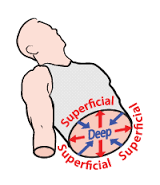
Proximal/Distal
Proximal: Near the point of origin(attachment) or trunk of the body
Distal: Farther away from the point of origin(attachment) or trunk of the body

Only used to refer to structure on limbs—limited to describing location of limb structures that lie in linear arrangement
What are the terms proximal and distal limited to?
Planes
Imaginary flat structures that pass through the body or an organ, dividing the structure into two sections
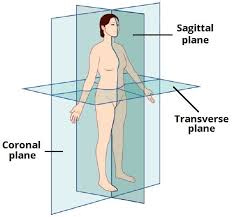
Longitude Plane
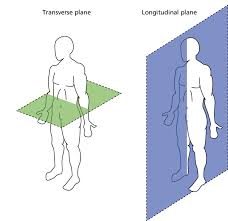
Passes through the body/organ, dividing it into two sections
Sagittal Plane
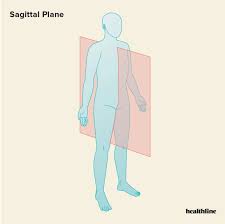
Passes lengthwise through the body or organ parallel to the long axis
Divides patient into left and right sections
Midsagittal Plane

Passes through the midline of the body/organ, dividing into EQUAL left and right regions.
Parasagittal Plane
Does NOT run through the midline, but divides body into UNEQUAL left and right regions
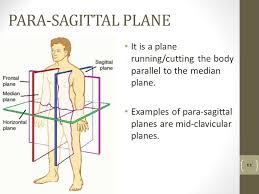
Frontal Plane (Coronal Plane)
Runs lengthwise through the body/organ, traveling left to right while diving the body into anterior (frontal) and posterior (back)
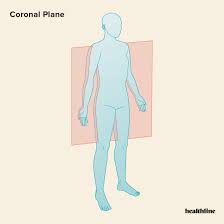
Transverse Plane (Horizontal Plane)
Passes through the body/organ perpendicular to the long axis, diving body/organ into superior and inferior sections.
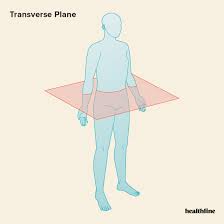
Oblique Plane
Passes through the body/organ at some angle other than perpendicular or parallel to the long axis.

Body Cavities
A fluid-filled space inside the body that holds and protects internal organs (Viscera)

Dorsal Cavity (Posterior)
The smaller cavity of the two that is home to the brain and spinal cord
Cranial and Vertebrae Cavity

Ventral Cavity (Anterior)
Larger cavity of the two and home to various vital organs
Subdivided into the thoracic, abdominal, and pelvic cavity
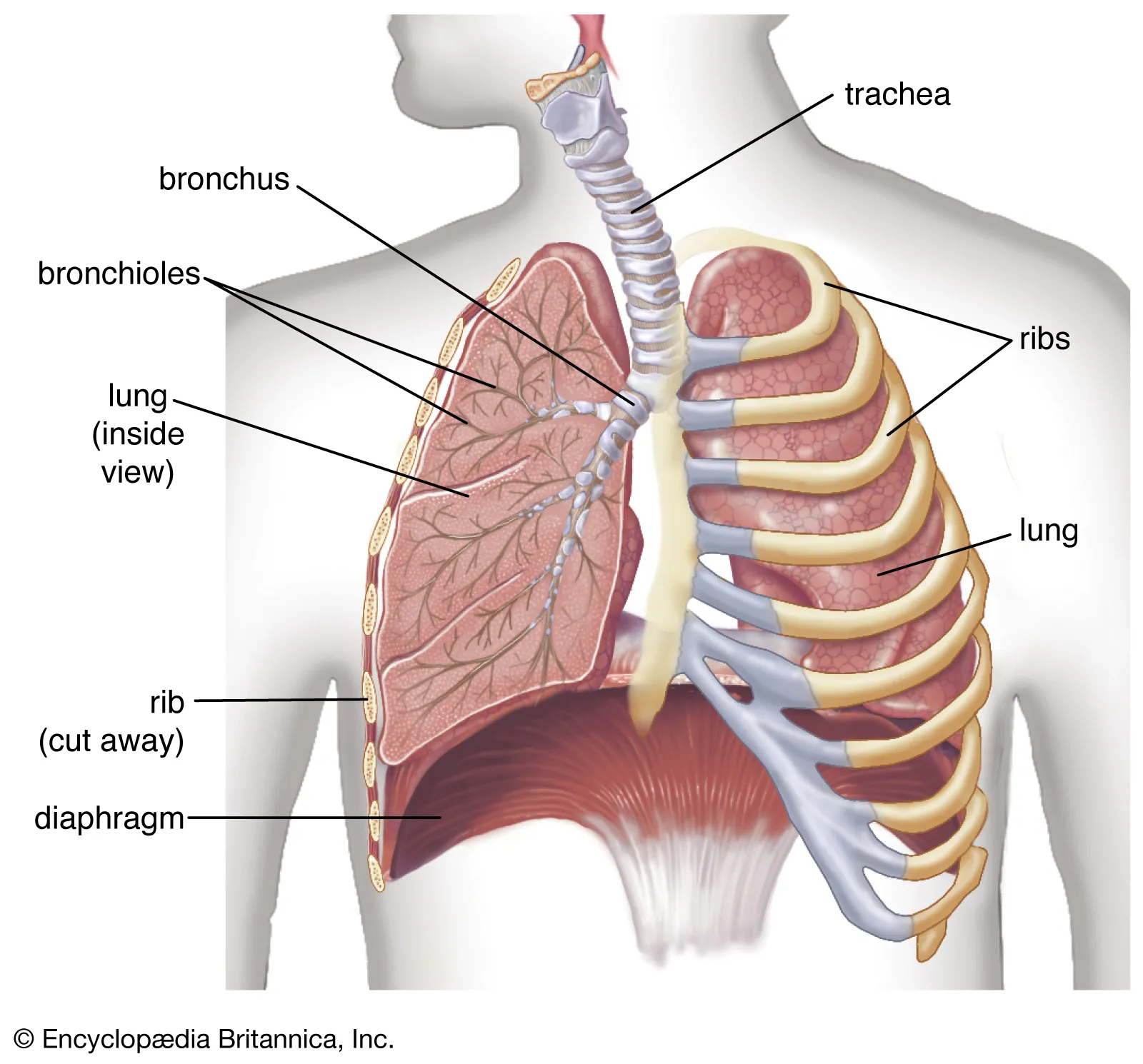
Thoracic Cavity
A hollow space in the chest home to the heart, lungs, esophagus, and various other vital organs.
protected by rib cage and diaphragm
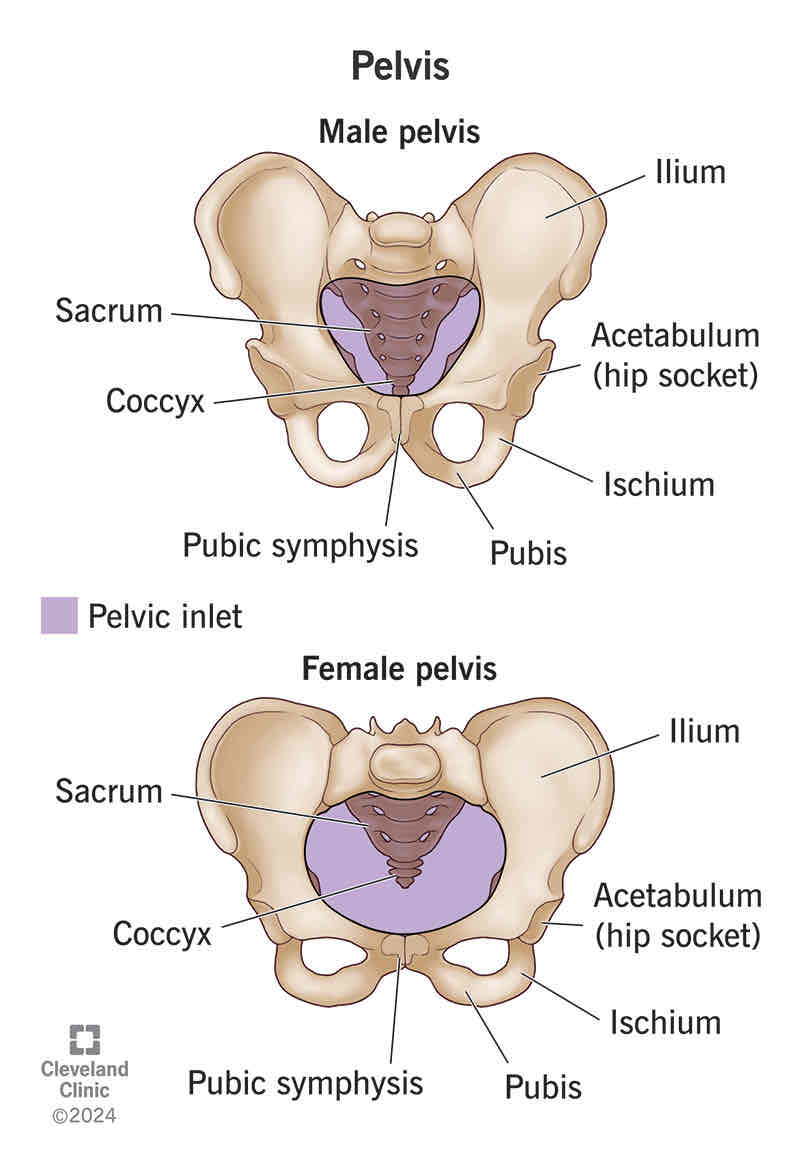
Pelvic Cavity
A bowl-shaped space that contains the urinary and reproductive organs
inferior to the abdominal cavity

Abdominal Cavity
A large body cavity containing organs such as the stomach, liver, and intestines (small/large)
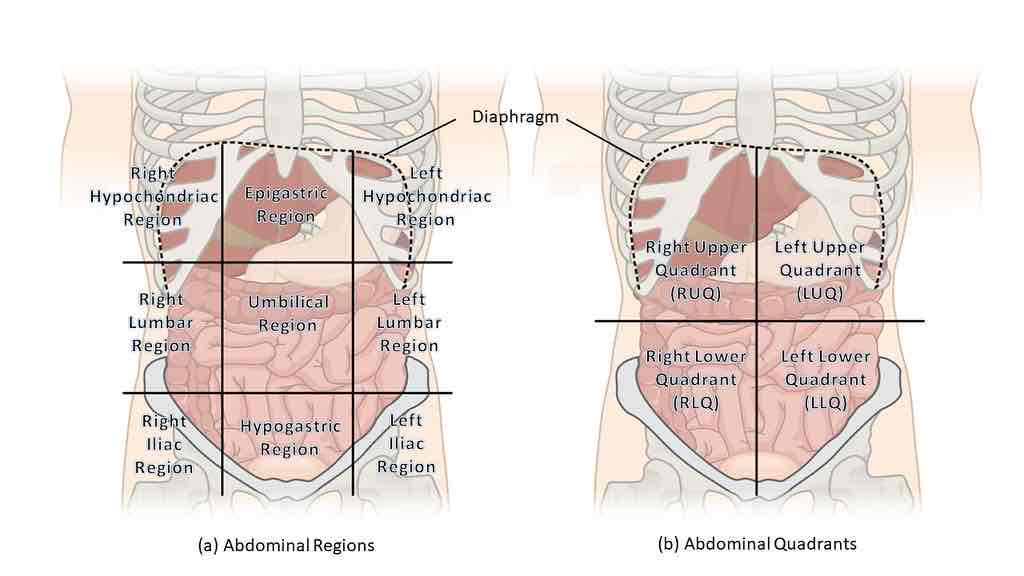
Right hypochondriac, Right Lumbar, Right iliac
Epigastric Region, Umbilical Region, Hypogastric Region
Left Hypochondriac, Left Lumbar, Left iliac
What are the 9 sections in the abdominal cavity?
Right Upper Quadrant
Home to the gallbladder and liver
Right lower quadrant
Home to the appendix
Left upper quadrant
Home to the stomach and spleen
Left lower quadrant
Home to the descending colon and sigmoid colon
Flexion/extension
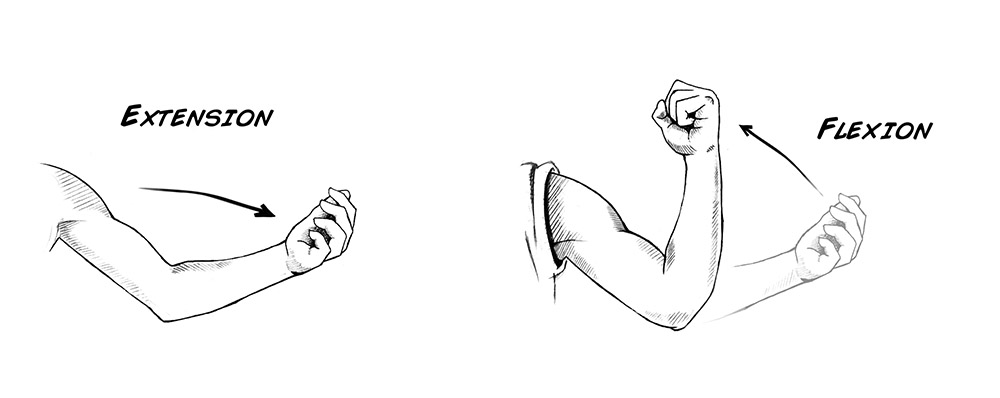
Flexion: Bending a joint—decrease angle
Extension: Extending a joint—increase angle
Abduction/Adduction
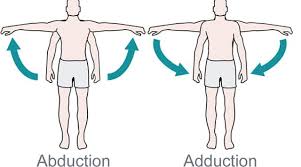
Abduction: Limb moves away from midline
Adduction: Limb moves toward the midline
Circumduction
Move limb(s) in a circular motion
Certain joints allow certain movements
Supination/Pronation
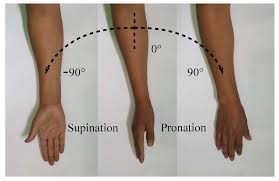
Supination: Palms facing up—inward rotation
Pronation: Palms facing down—outward rotation
Dorsiflexion/plantar flexion
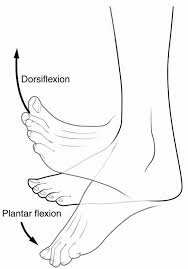
Dorsiflexion: To flex upwards
Plantar flexion: To flex downwards